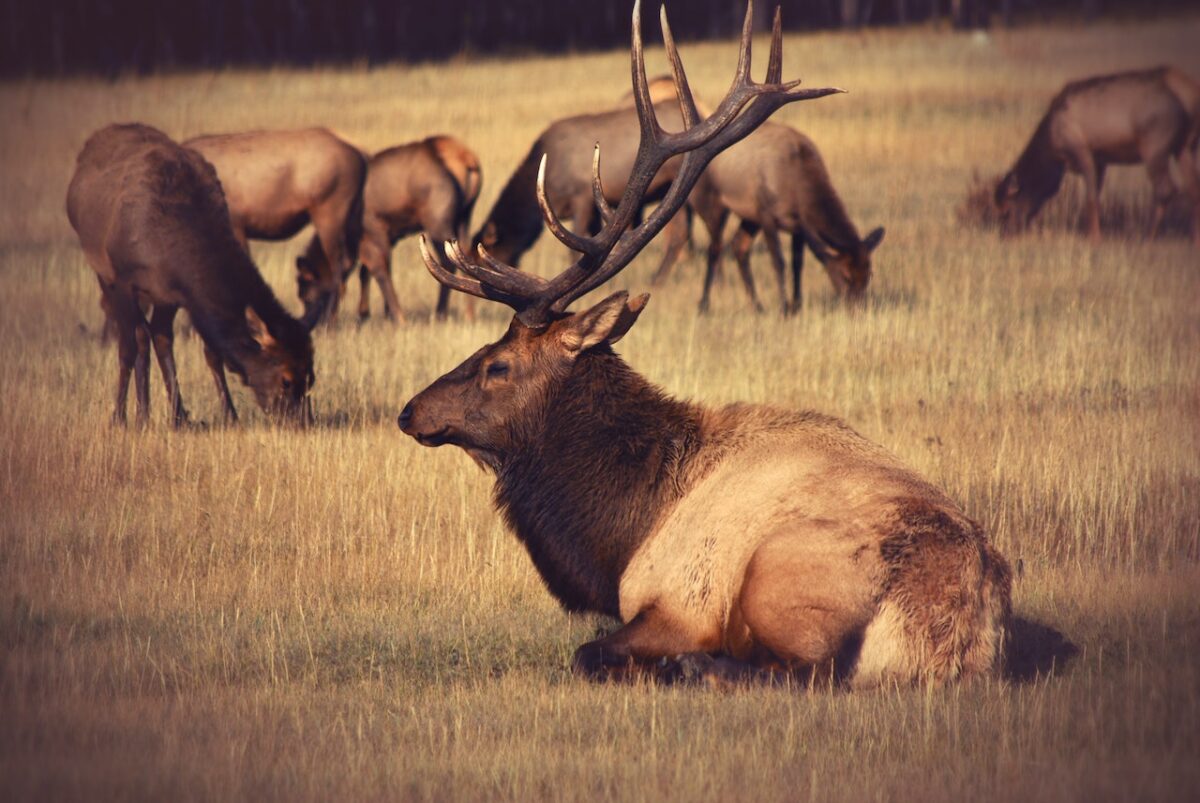There isn’t one book that will teach you everything you need to learn to be a safe and successful in the field or stream. That knowledge is gained through a combination of education (specific books for your type of hunting and hunter’s safety courses), mentorship from an experienced hunter, and experience afield. There is, however, one book that give you a solid foundational understanding of the practice of hunting and fishing in North America in terms of why it’s needed, how it impacts the ecosystem, how it affects the economy, and what role reach individual plays in all the above.
The book is called The North American Model of Wildlife Conservation. It is written in a textbook style with numerous contributors and overall edits by Shane P. Mahoney and Valerius Geist – two leading authorities on the North American Model of Wildlife Conservation. But don’t let that intimidate you, at roughly 160 pages, this book packs a lot of information into a slim package.
As you guessed by the title, the book covers what is called the North American Model of Wildlife Conservation – something the editors describe as an evolved and shared system of conservation laws, principles, institutions, and policies. It’s the overarching system that maintains the wildlife populations of North America. The book details the ins and outs of this system, tells us how it has evolved over the years, and teaches us the importance of maintaining an ever-evolving system that will preserve wildlife for future generations.
Where the book is most helpful to hunters and anglers is through its discussion of hunting and fishing in North America and how they play a major role in preserving the vast array of wild animals that call North America home. To quote the book, “Thanks to recreational hunters and anglers and their contributions to conservation, harvested species have generally made remarkable recoveries in Canada and the United States, and their populations are mostly stable or increasing in size today.”
While you learn about the system you will gain useful ammunition to use when your anti-hunting cousin subtly attacks the lifestyle at Thanksgiving. After reading The North American Model of Wildlife Conservation, you will, for instance, be able to recall the study discussed on page 152 that compared two regions with a hunting-based model to two regions with a nonhunting model and found that, “Ranking all the models across a number of broader economic, social, and ecological indices, the two hunting models performed best and the North American model best overall.”
By the time I got done with this book I had underlined something as informative as that study on almost every page. The book will teach you things you never knew about hunting or fishing and help you gain a deeper appreciation for the roles hunters and anglers play in our society.
If you want to add a copy of this book to your shelf, click HERE.
